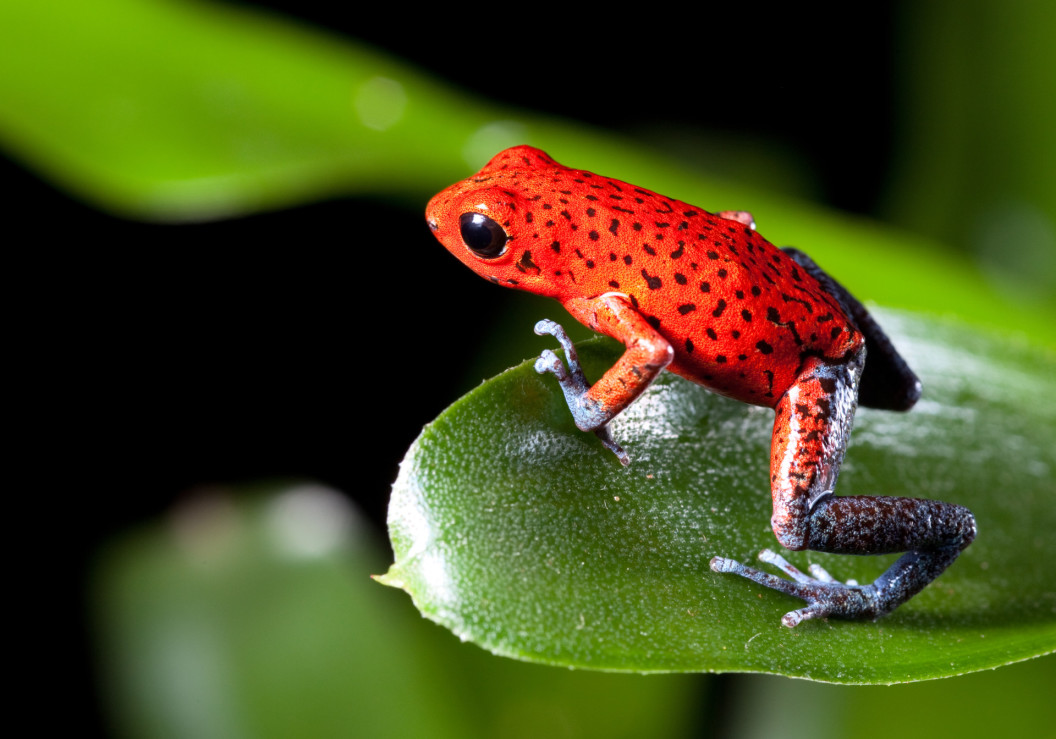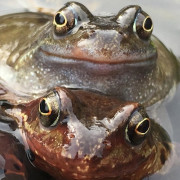- Science News
- Life sciences
- Strawberry frogs are fickle in love
Strawberry frogs are fickle in love

The call of male strawberry frogs improves their chances of securing a mate more than their color
– By Conn Hastings, Science Writer –
Choosing a mate is a delicate and complex process across the natural world, and strawberry frogs are no exception. Researchers at the Institute of Zoology, University of Veterinary Medicine Hannover showed that to attract female mates, the quality of the male advertisement call is more important than coloration. The work gave a glimpse into the complex mating habits of these creatures.
Their insights on the roles of skin color and vocal calls for the species were recently discussed in a Commentary published in Frontiers in Ecology and Evolution. In the article, Professor Peter Schausberger at the University of Viena, elaborates on the findings of the earlier study investigating the sexual selection of strawberry frogs, in Costa Rica and Panama.
“Prior to this study, researchers believed that male skin color was the major factor in attracting females,” explains Schausberger.
The highly-colored frogs are also called strawberry poison-dart frogs, sometimes used to poison the tips of blowpipe darts by indigenous people in Central America. The frogs live and reproduce in a variety of lowland and forest habitats.
Attracting females over a distance using advertisement calls appears as an evolutionary solution to mating in this environment. Calls not only allow the frogs to become aware of each other in dense shrubs, where a direct line of sight might not be possible, but they also serve as a means by which females judge the perceived “quality” of the males.
Interestingly, both advertisement calls and coloration also contribute to the visibility of male frogs to predators. A male that calls often is more likely to alert predators to its presence, making them more vulnerable. However, skin color also varies from frog to frog depending on the poison they carry, so it warns potential predators to avoid eating most poisonous frogs. As such, males with coloration that is particularly unattractive to predators should be more attractive to females.
Traits that are involved and shaped by both sexual and natural selection processes are called “magic” traits by ecologists, and they contribute to the development of new species. In his Commentary, Schausberger further discusses whether male frog advertisement calls qualify as a magic trait.
“The male advertisement calls are shaped by physical habitat features and predation pressure (natural selection) and by non-random mating (sexual-selection), where females use the traits to find and assess suitable mates,” explains Schausberger. “Whether the calls are indeed magic, and play a role in the potential development of a new species of frog, still needs to be examined in future studies.”








